If you’ve ever wondered why your feline friend follows you from room to room or becomes visibly distressed when you leave for work, you might be dealing with cat separation anxiety. This emotional condition isn’t reserved just for dogs. Some breeds of cats may be more than others. Yes, cats get separation anxiety.
Ragdolls, Burmese, and Tonkinese – cats known for their intense need for human companionship. These breeds, due to their inherent sociability, are often associated with a higher likelihood of experiencing separation anxiety in cats. Breeds of cats that tend to be kept indoors, such as Siamese and Burmese, are often more likely to suffer from separation-related behaviour. Understanding which breeds are most susceptible can help you provide the right care and support. Let’s dive in to discover which beloved companions might need extra attention when you’re away.
Siamese Cats: The Vocal Companions

Siamese cats stand out as one of the most separation-anxiety-prone breeds in the feline world. Siamese cats are known for their striking blue eyes and extraordinary vocal skills. They express their emotions with a wide range of meows, chirps, and other sounds, often seeking constant interaction. This breed thrives on companionship, displaying a strong desire to be near their human friends. Their need for attention can lead to separation anxiety if left alone for long periods.
Siamese cats are highly due to their intense bond with their owners. They thrive on companionship and can become stressed and anxious when left alone for extended periods. This anxiety can manifest in various ways, including excessive meowing, destructive behavior, and inappropriate elimination. These intelligent cats form powerful connections with their families and genuinely struggle when their favorite humans disappear.
Burmese Cats: The Social Butterflies
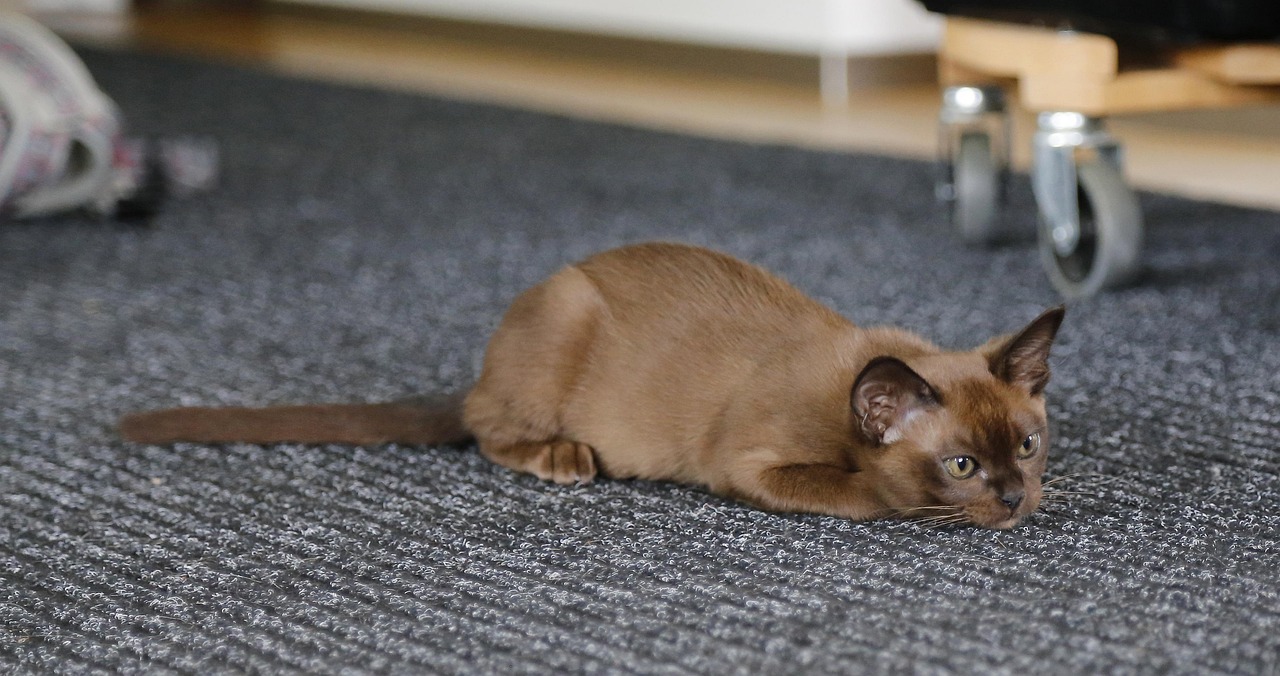
Burmese cats are outgoing and social, forming close-knit relationships with their families. Their playful and curious nature means they crave interaction and stimulation. Often described as “dog-like,” Burmese cats love to play fetch and enjoy being involved in family activities. Their dependency on human interaction can make them . Think of them as the friend who always wants to be involved in every conversation and activity.
These affectionate cats don’t just want your company; they need it to feel secure and content. They are much like the social butterfly at a party, always seeking the company of others. If left alone for too long, Burmese cats may become distressed, showcasing their deep emotional connection with their families.
Ragdoll Cats: The Gentle Giants
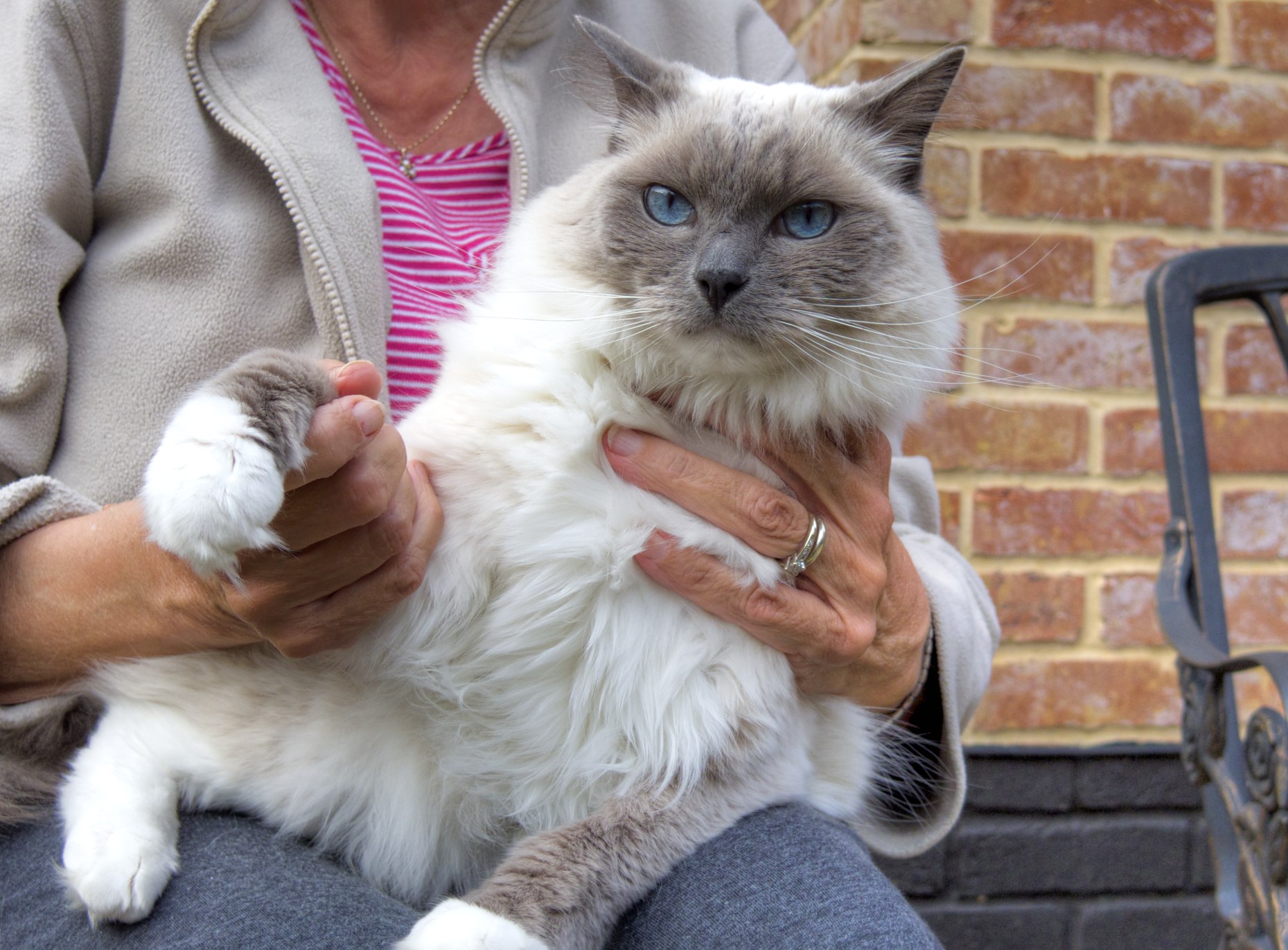
A fun fact about ragdoll cats is that they originated in the 1960s in Riverside, California, the beautiful and delicate-looking ragdoll is known for being cuddly, gentle, and extremely sociable. They tend to get along well with other household pets and often follow their favorite people around like a shadow. Ragdoll cats are wonderful family pets as they will generally cuddle up with other kitties, cat-friendly dogs, and respectful children. While ragdolls are definitely one of the most low energy cat breeds, they can become quite anxious without consistent affection and social bonding.
Officially separated as a distinct breed from the ragdoll cat by the United Feline Organization in 1994, the ragamuffin resulted from cross-breeding ragdolls with Persians, Himalayans, and domestic longhairs. Like the ragdolls, the ragamuffins are known for their exceptionally docile, sweet, and gentle temperament. They thrive in social homes where people are regularly home. Bred to be highly people-oriented, ragamuffins can be prone to distress when their people aren’t home.
Maine Coon Cats: The Puppy-like Companions
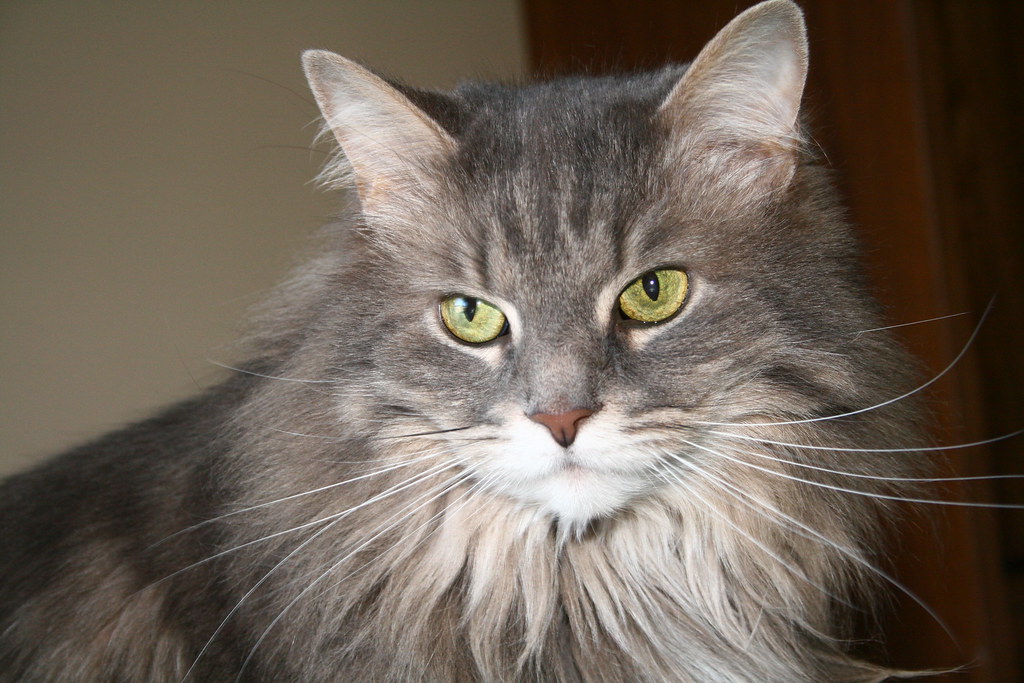
Maine Coons are due to their needy and active behavior. They require attention, much like a puppy, and don’t like to be left alone for long periods. Maine Coons are due to their needy and active behavior. They require attention, much like a puppy, and don’t like to be left alone for long periods. These gentle giants might be large in size, but they have equally large hearts that become deeply attached to their families.
Many guardians describe these big kitties as dog-like in their friendliness and interest in fetching toys, roughhousing, and even playing in water, the Maine coon is a classic family pet. They typically don’t do well with extended alone time and can become destructive without consistent social, physical, and mental enrichment. If you leave your Maine Coon for too long, they may develop signs of irritability, stress, and depression. If you must leave your cat alone for many hours, ensure they have access to food, water, and stimulating toys at all times.
Sphynx Cats: The Affectionate Heat Seekers
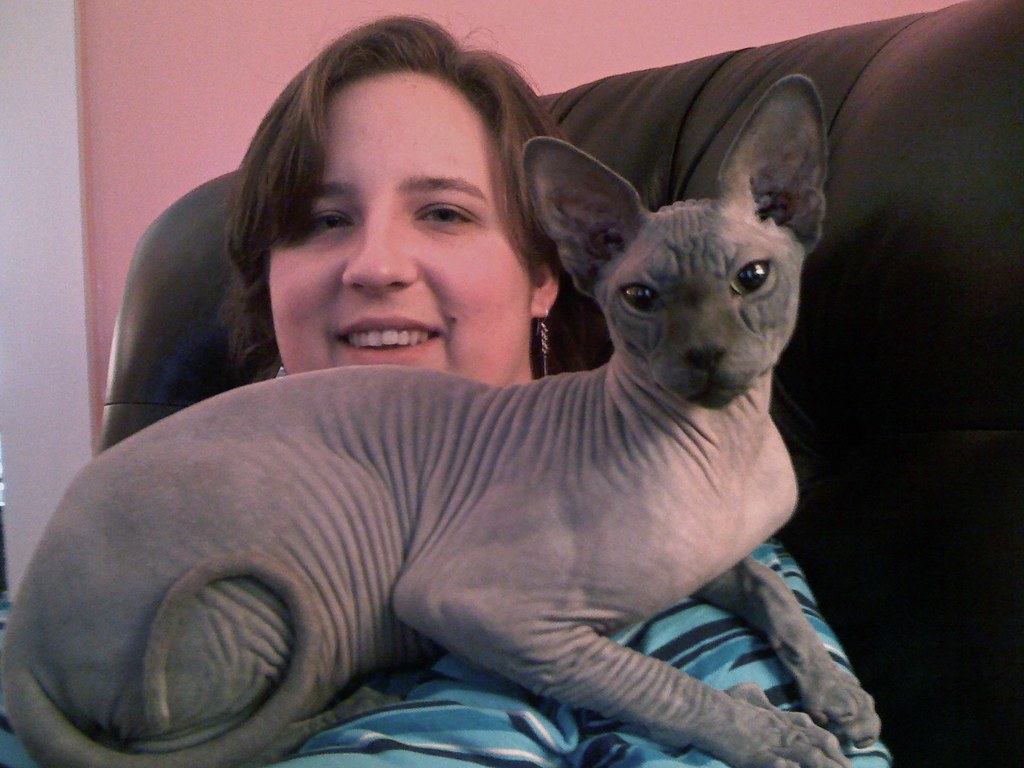
Sphynx cats may lack fur, but they certainly don’t lack affection. Known for their unique appearance and warm, suede-like skin, Sphynx cats are extremely social and thrive on human interaction. They love to snuggle and often seek warmth from their owners, making them incredibly attached. This breed’s need for constant companionship can lead to separation anxiety if left alone.
Today, the sphynx is known for being energetic, acrobatic, and playfully mischievous. They thrive on attention and enrichment, and can quickly become distressed and destructive when consistently left alone. Picture having a warm, living hot water bottle that follows you everywhere and genuinely craves your touch and attention throughout the day.
Tonkinese Cats: The Interactive Entertainers
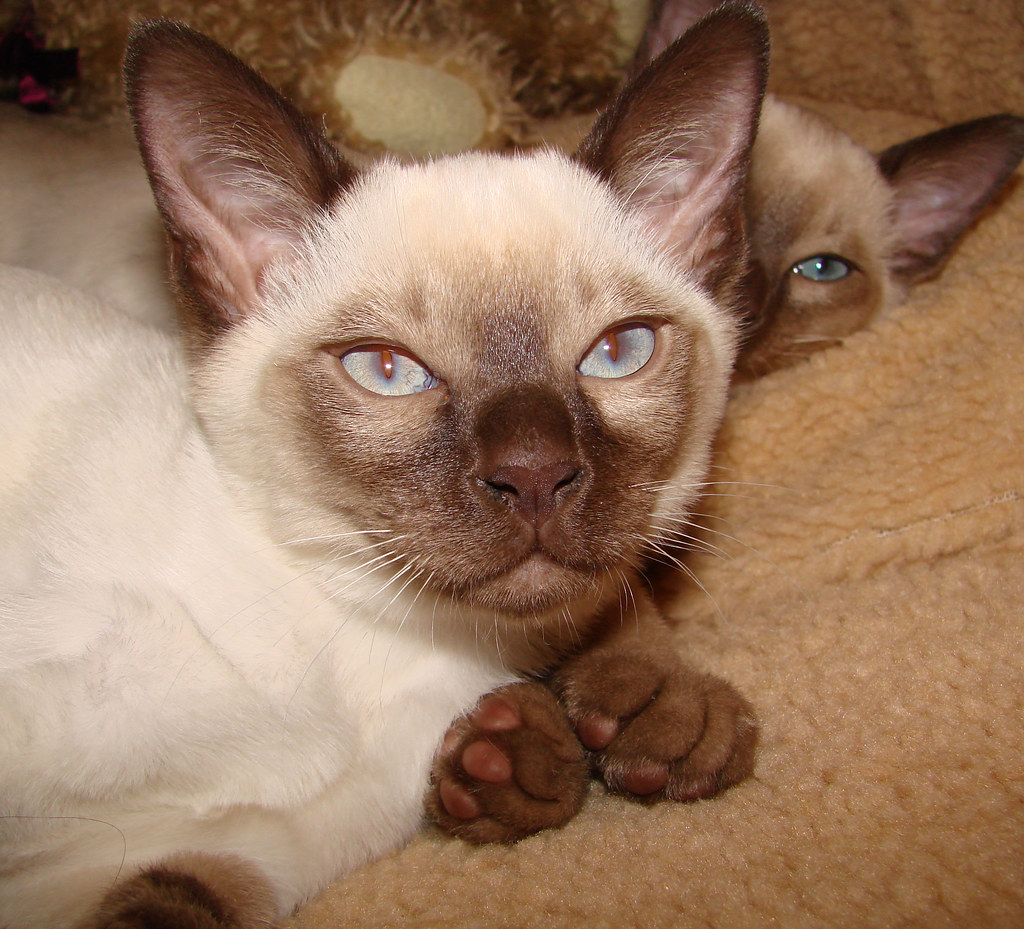
Tonkinese cats are a delightful blend of Siamese and Burmese breeds, known for their playful and affectionate personalities. They thrive on interaction and enjoy being the center of attention, often engaging in games and activities with their human companions. This breed’s strong attachment to their owners can lead to separation anxiety if they are left alone. Picture a playful partner always ready for fun and companionship, and you have a Tonkinese. Their lively and loving nature makes them ideal for families who can provide ample attention and engagement.
Tonkinese cats have fantastic personalities, but there’s a tradeoff for their love of human companionship: You can’t leave these kitties to their own devices for too long, too often, or they run the risk of developing separation anxiety. Tonkinese are strong-willed cats who love attention and affection. They follow you everywhere and anywhere. They are extremely sociable, and hate being left on their own.
Russian Blue Cats: The One-Person Devotees
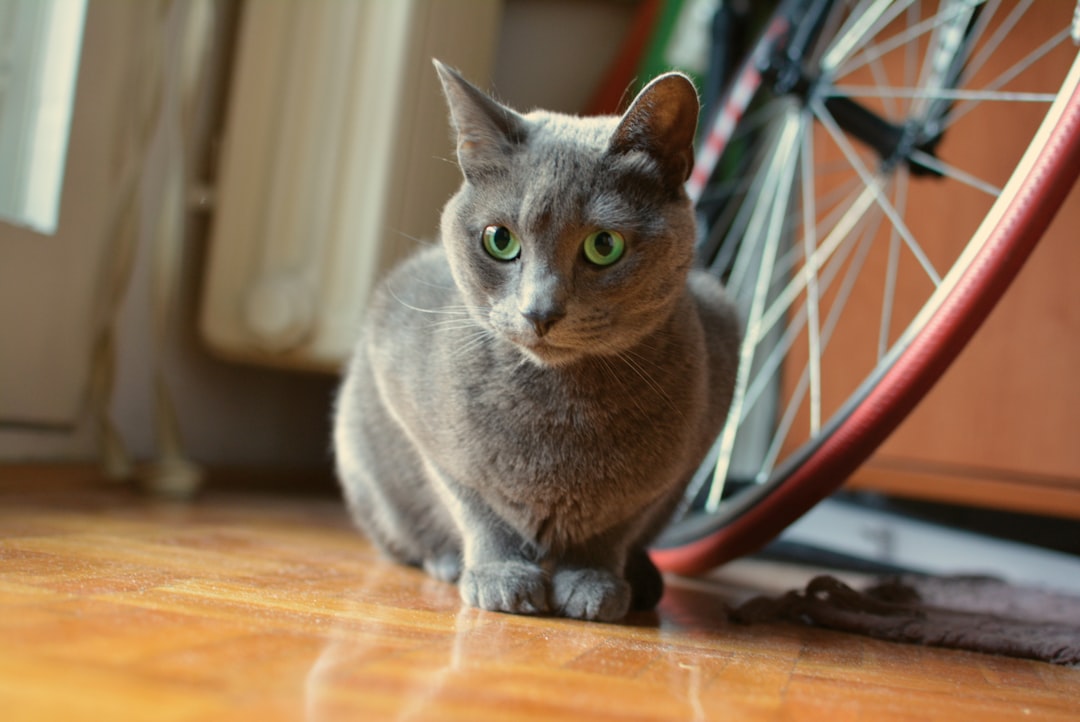
Believed to have naturally originated in the port city of Arkhangelsk in northern Russia, the Russian blue cat is medium-sized, graceful, and features golden-green eyes. They tend to enjoy toys but aren’t particularly high-energy. While they are a wonderful family pet, this breed is known for strongly bonding to just one person. This breed isn’t especially known for having separation anxiety, but when they do, it tends to specifically happen when their closely bonded person leaves.
Another common issue that may affect Russian Blue cats is separation anxiety. These felines are known for forming strong bonds with their owners, and may become distressed when left alone for long periods of time. While some cats are independent, Russian Blues often form strong attachments to their owners and can be if left alone for extended periods. Russian Blues, in particular, thrive on companionship, making them more likely to display behaviors such as excessive meowing, scratching, or hiding when lonely.
Abyssinian Cats: The High-Energy Athletes
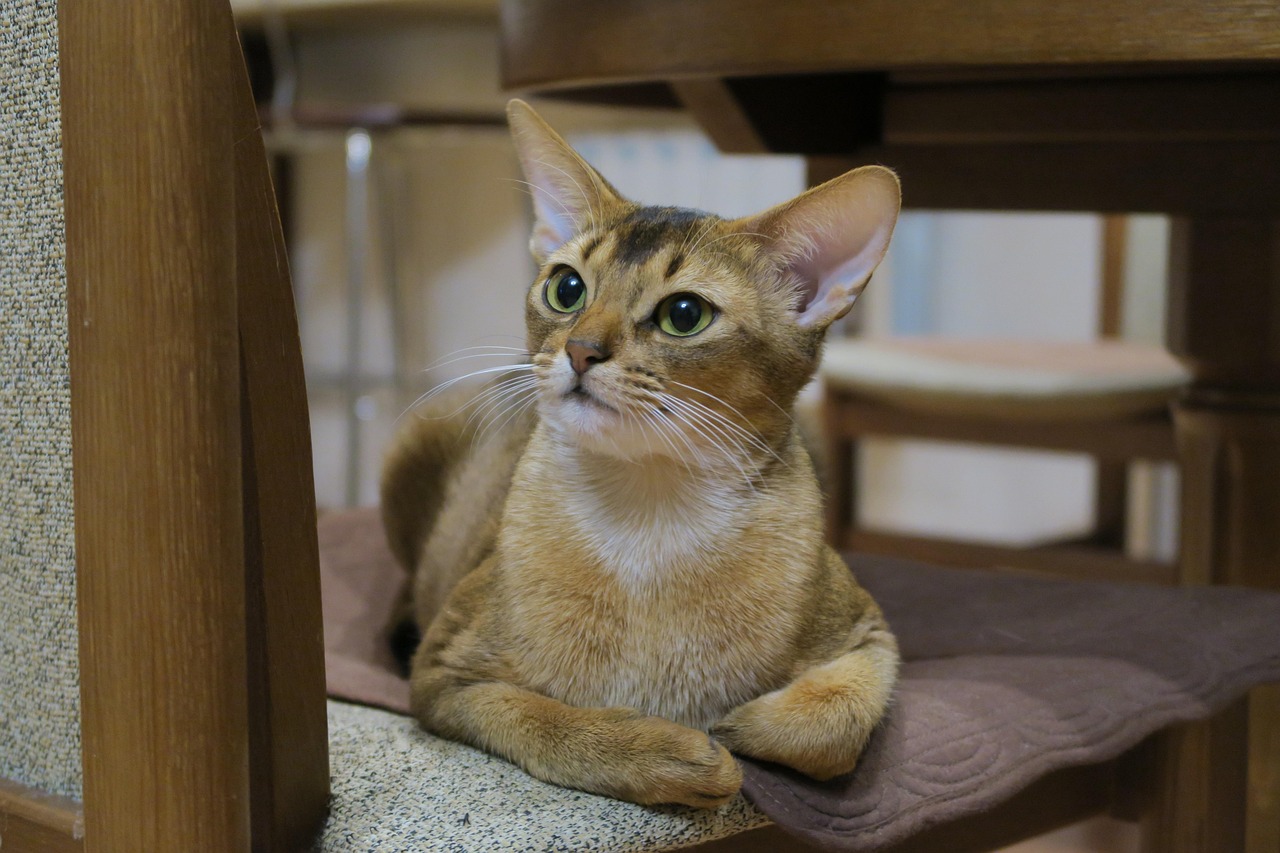
Abyssinian’s origin is a bit of a mystery. While their breed name refers to Abyssinia (now modern-day Ethiopia), genetic studies suggest they likely originated in Southeast Asia or the Indian Ocean coast rather than Ethiopia. This beautiful cat is playful, curious, and athletic. They aren’t known for being lap cats but rather tend to be more interested in high-energy play and light rough-housing. Separation anxiety in these cats tends to manifest when they are lacking in consistent enrichment. Think of them as the athletic friend who needs constant stimulation to stay happy and engaged.
Abyssinians are renowned for their intelligence, curiosity, and playful nature. They are highly active cats that enjoy interactive playtime and mental stimulation. While they might not be the cuddliest cats on your lap, they absolutely require mental and physical challenges to prevent anxiety-related behaviors when left alone.
Conclusion
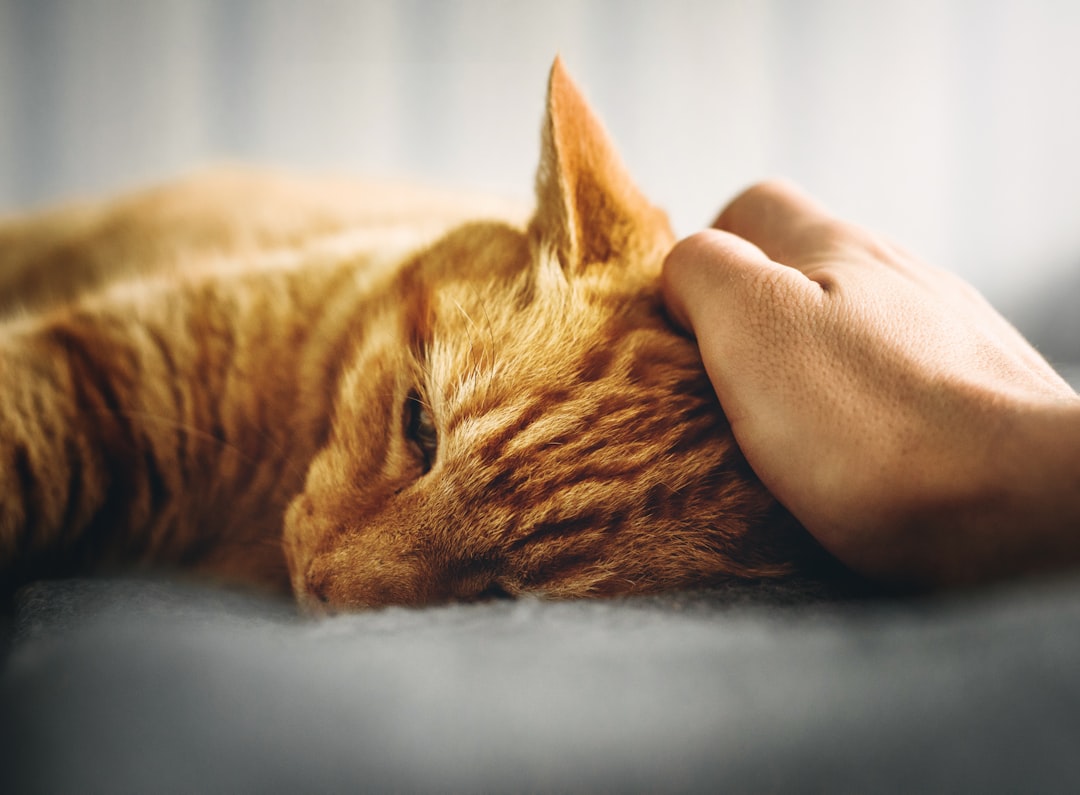
Understanding your cat’s breed tendencies can make a world of difference in providing the right care and environment. If your cat has been diagnosed with separation anxiety, your vet can recommend the best course of treatment. Treating anxiety in cats often involves behavior modification and environmental changes; severe cases may require medication. Remember that with proper enrichment, routine, and sometimes companionship from another pet, even the most anxiety-prone breeds can learn to feel secure when you’re away.
What do you think about these clingy cat breeds? Have you experienced separation anxiety with your feline friend? Tell us in the comments.






